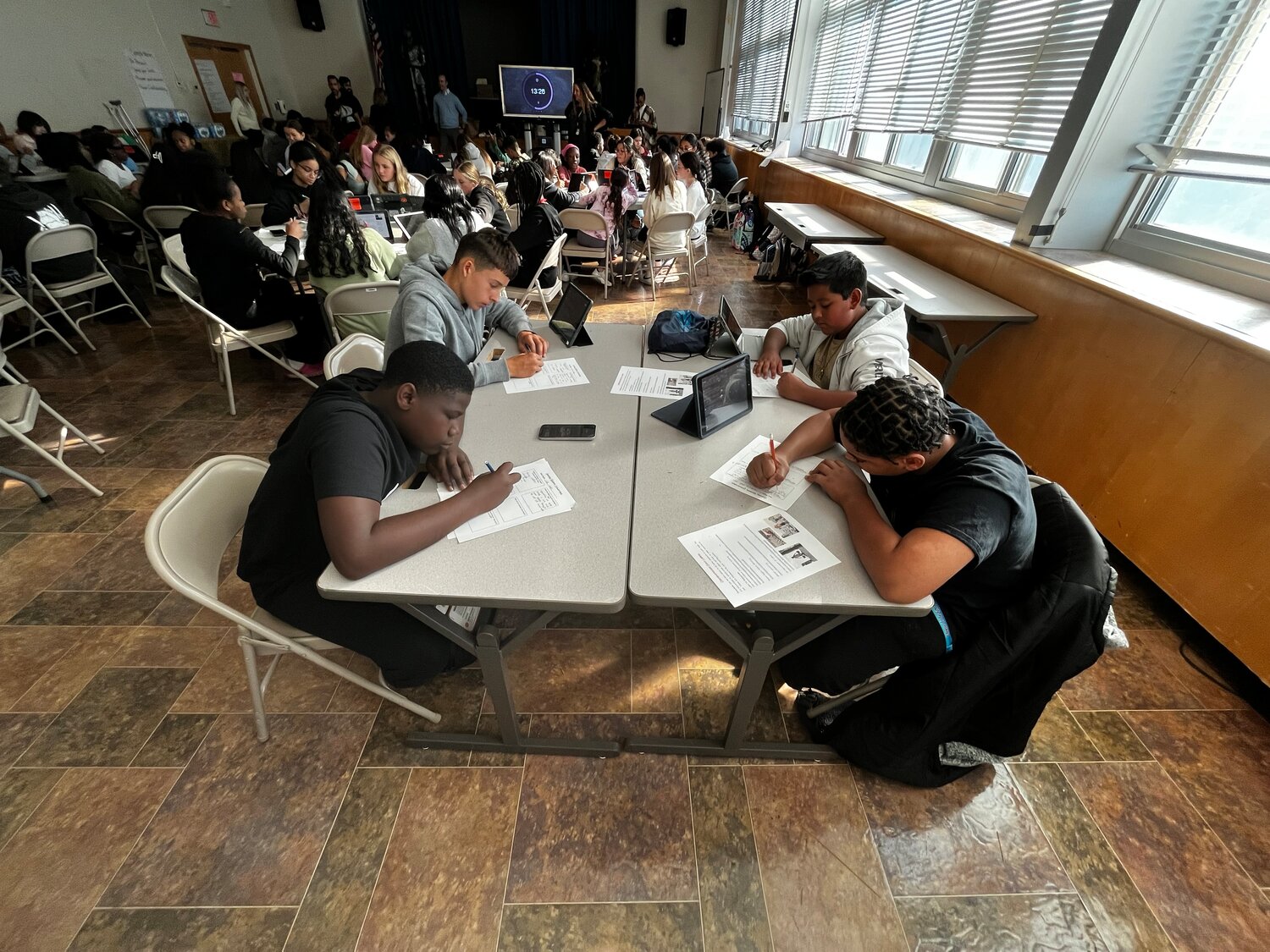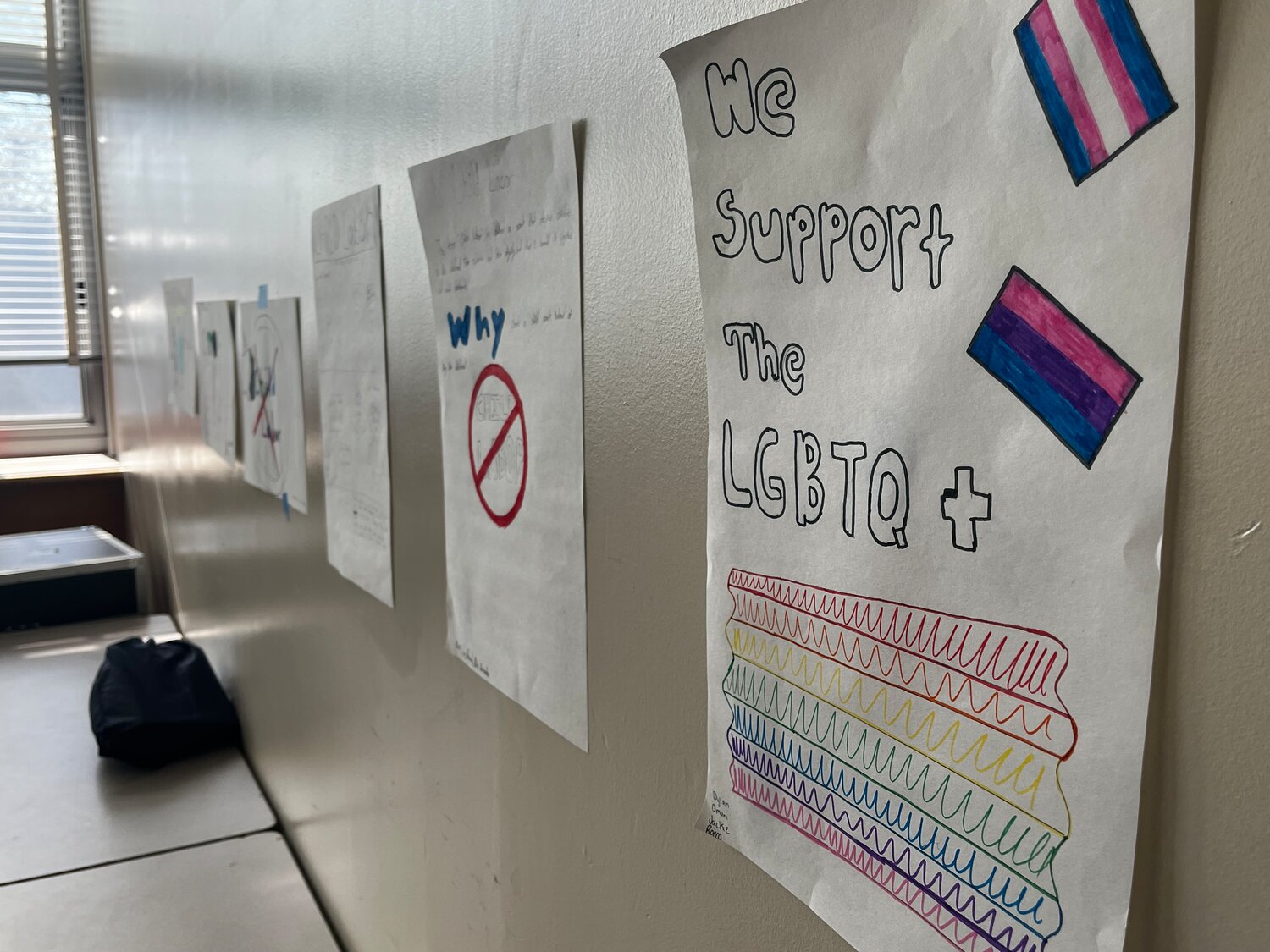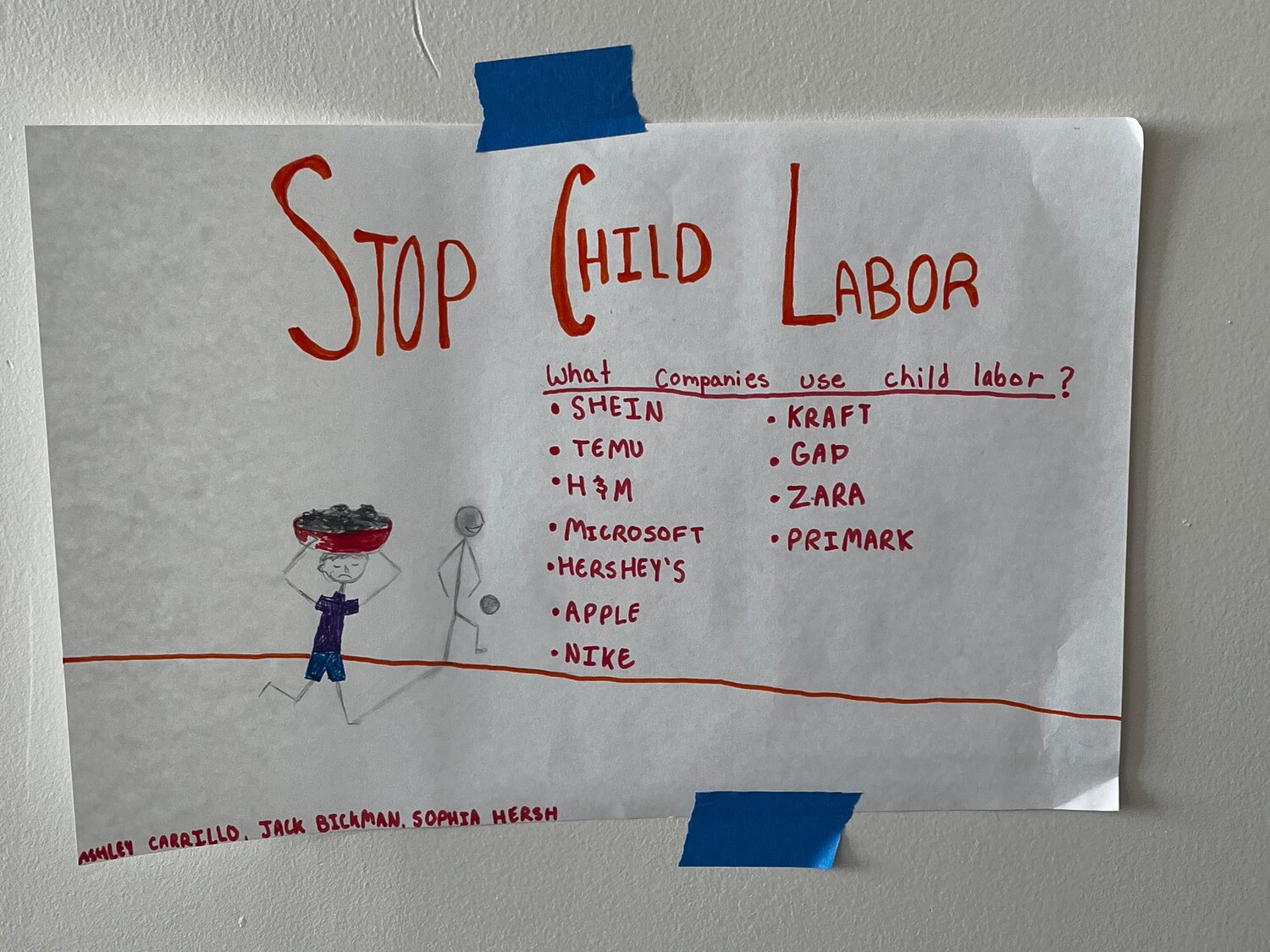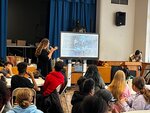Uniondale and Oceanside school districts team up to 'bridge the gap' in 'the most segregated suburb in America'
In a society that is deeply divided and segregated, the Uniondale and Oceanside school districts are looking to build bridges and close gaps to bring students from different backgrounds together to collaborate, discuss, and explore different issues facing their communities and the nation as a whole.
The idea behind these districts’ joint venture, dubbed “The Bridges Program,” is that by encouraging children to participate in difficult conversations with various viewpoints, and allowing a safe space for students to evaluate contemporary issues related to race, economics, and politics — they will grow up to lead well-rounded, active, and civically engaged lives.
“the program is about bridging the gap between two different demographic areas with children who have many different perspectives and we are opening their minds to see or look at these world issues from a separate lens,” said Lorey’a Cullun, a seventh grade social studies teacher in Uniondale.
“We encourage difficult conversations and ask challenging questions, and we welcome different points of view with the understanding that we can agree to disagree with civility,” explained Mitchell Bickman, the director of social studies for the Oceanside school district. “We tell students to go beyond your comfort zone, to get to know people different from yourselves, because it is in that space — beyond comfort — that true education occurs.”
The gap these districts are aiming to bridge run deep — Oceanside’s district is just shy of 70 percent White, while Uniondale’s minority enrollment is mere decimals away from being 100 percent. Teachers from both districts agree that Long Island is deeply segregated, which they say is to blame for communities such as Uniondale and Oceanside, that sit fairly close to one another, yet are still completely disconnected from one another in almost every way. Jillian Pallone, an eleventh grade U.S. history teacher in Uniondale, says this further solidifies the need for a program that is “bridging the gap.”
“Long Island really does have a big segregation issue,” said Pallone. “The border in Garden City is literally a train track that separates a really rich community, to a community that's more in need once you cross those tracks.” According to United States census data, Garden City’s yearly median income sits at $77,500 — while the Village of Hempstead’s yearly median income is at just $31,000 on the other side of the tracks.
Other findings include a study by David Rusk, an international consultant on urban and suburban issues who analyzed the segregation patterns in both Nassau and Suffolk counties — taking a particular interest in the disparity between Hempstead and Garden City — and concluded that Long Island is the most racially segregated suburb in America. His study found that the island’s high taxes and cost of living, unaffordable housing, aging infrastructure, gerrymandered zoning, and racist education policies are the main culprits for the massive inequalities.
Now in their seventh year as partners, Uniondale and Oceanside started the Bridges program after the murder of Michael Brown at the hands of police in 2014. “I was teaching participation in government and my kids really weren't feeling anything until we started discussing the Michael Brown case,” said Pallone. “We started talking about the case and they got very emotional, but in a teenage kind of way — and we decided to do a forum on police brutality.”
Pallone explains that from there, the idea fostered into something much larger and has since grown to become the only program of its kind on the Island. “First, we invited police to the classroom and held that forum, but Hofstra professor Alan Singer, who came to that forum, said that we should get to two schools together to talk about segregation on Long Island and why these things happen — which we thought was a great idea.”
Seven years later, Bridges has evolved into two different programs happening each school year — running both a high school and middle school program with the middle school event taking place last Thursday and the more serious high school program set to take place on Nov. 8.
Middle schoolers from both districts teamed up for a day full of group challenges, difficult yet meaningful conversations, and fun arts and crafts projects. These activities and conversations included team and trust building exercises, conversations regarding racism, human-rights violations in both America and throughout the globe, and having the students participate in creating their own poster bearing the message they want to convey on a societal issue they have noticed.
Students had varying signs containing different messages on topics such as child labor, the Uyghur genocide in China, LGBTQ+ rights, women’s rights, peace in the middle east, and of course, racism.
“Discrimination is a pretty big issue in America,” said Lawrence Road eighth grader, Trè Young. “We’re the new leaders of our generation, so by talking and learning about these topics, we’ll be able to deal with them,” the bright eighth grader concluded.













